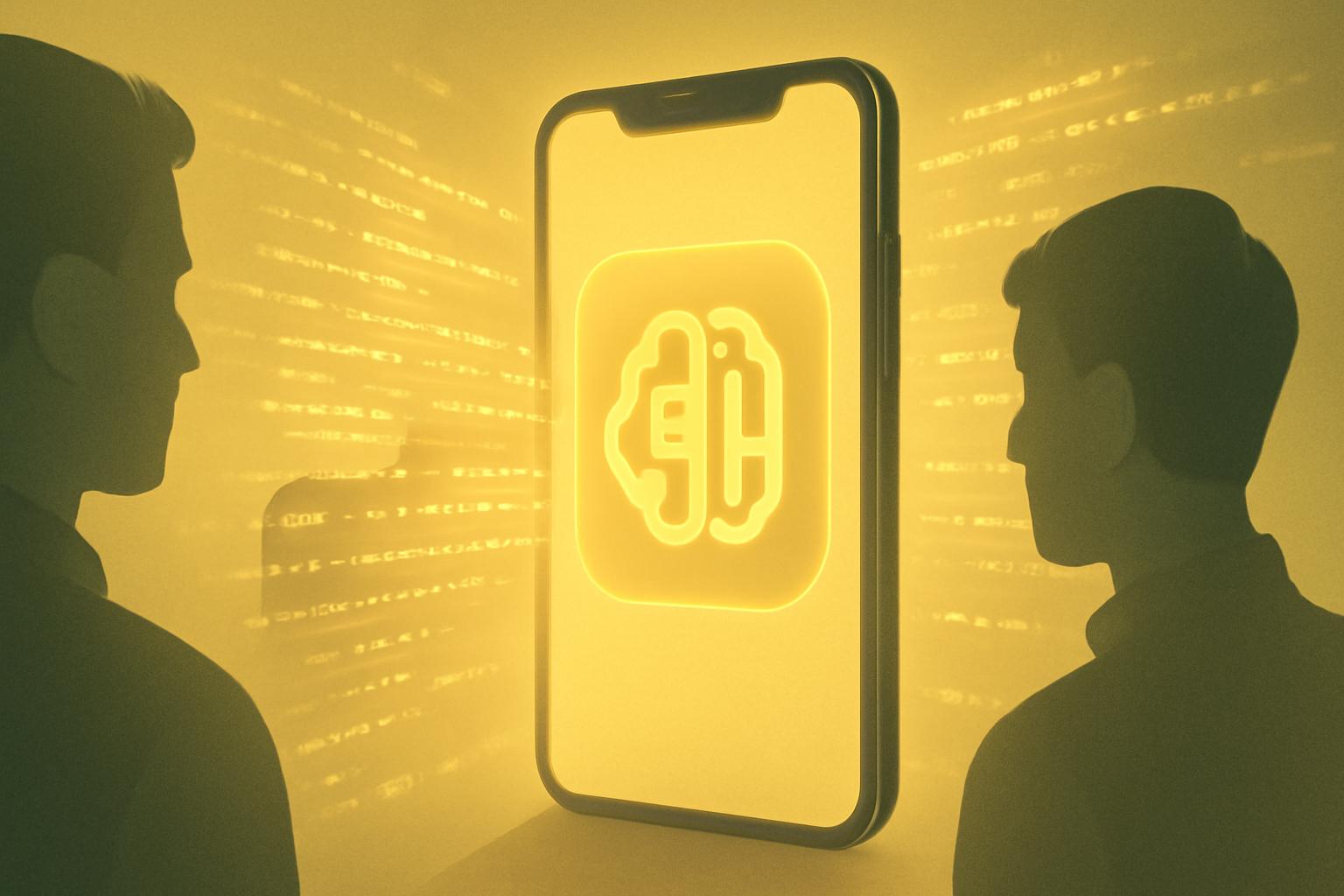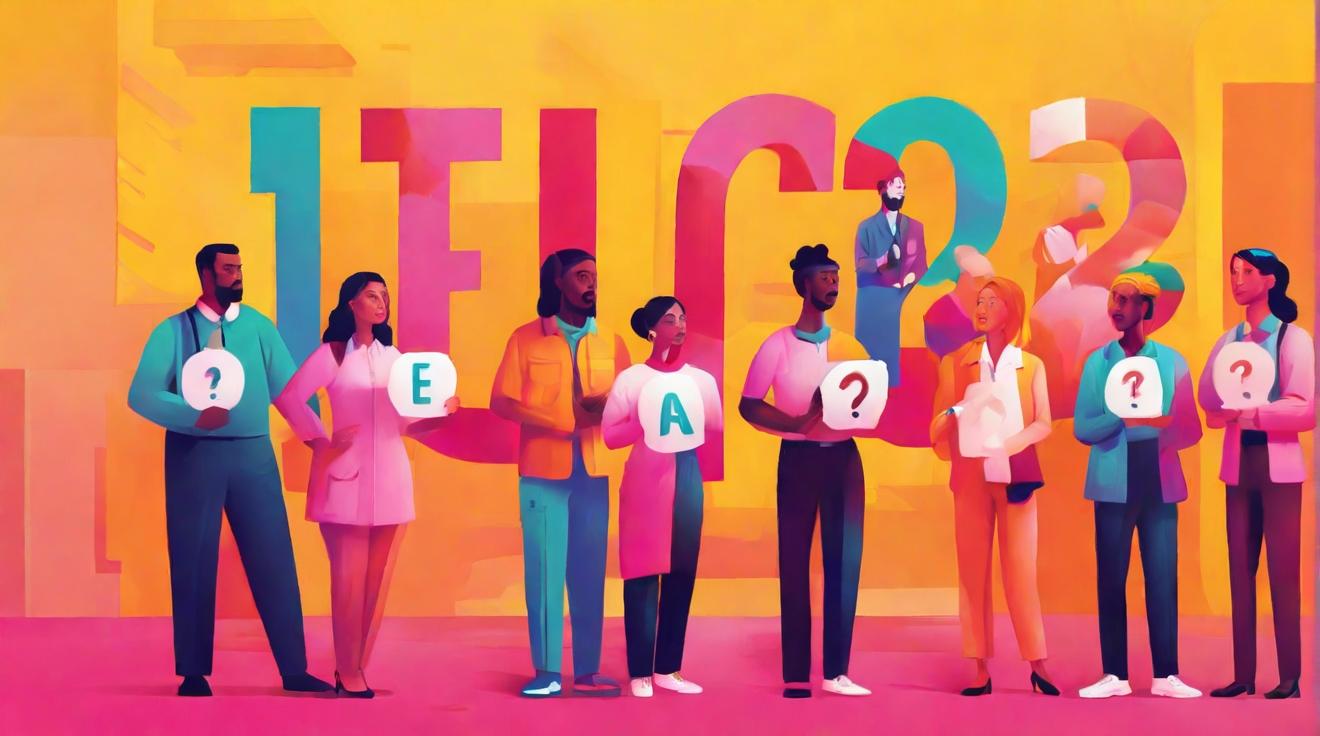Mobile Vibe-Coding Apps Lag Behind Despite AI Boom
While AI-assisted coding has fueled the rise of several unicorn startups, mobile apps dedicated to vibe coding have yet to capture significant market traction. Despite numerous offerings across mobile platforms, download numbers remain low and revenue generation is negligible. An analysis by app intelligence firm Appfigures reveals that only a handful of mobile vibe-coding apps have recorded any meaningful downloads or earnings. The leading app, Instance: AI App Builder, has amassed just 16,000 downloads and roughly $1,000 in consumer spending, while the runner-up, Vibe Studio, has garnered only 4,000 downloads with no reported revenue.Emerging Market with Room to Grow
The market for mobile vibe coding remains in its infancy. New entrants continue to emerge, such as Vibecode, a startup that recently secured $9.4 million in seed funding from Seven Seven Six, a fund led by Reddit co-founder Alexis Ohanian. Vibecode offers an iOS app enabling users to build mobile applications using AI, though it is too new for comprehensive market data. For now, desktop platforms remain the primary avenue for developers experimenting with vibe coding technologies. However, AI integration on mobile is growing behind the scenes, powering many existing apps.AI-Powered Monetization Gains Momentum
Subscription platform provider RevenueCat, which supports over 50,000 mobile apps, reports that more than half of all AI-built iOS apps currently on the market utilize its services for in-app purchases. Notably, the share of new customers referred by AI assistants surged from less than 5% in Q2 2024 to over 35% in Q2 2025. Vibe coders are leveraging RevenueCat’s MCP server to automate subscription configurations, integrating with AI platforms such as Cursor and Claude Code. This backend support facilitates rapid deployment of subscription models and feature testing.Technical and Adoption Challenges Remain
Despite growing interest, AI-generated code still demands significant developer intervention. A survey by Fastly found that 95% of nearly 800 developers spent additional time correcting AI-produced code. This highlights ongoing limitations in code reliability and quality. Nevertheless, user demand for AI tools continues to rise. A 2025 Stack Overflow survey indicated that 84% of developers are currently using or plan to use AI in their workflows, up from 76% the previous year. Similarly, The Information reported that 75% of respondents have experimented with vibe coding, while Jellyfish’s study found 90% integration of AI tools among software teams.About the Reporter
Sarah has been reporting for TechCrunch since 2011, with prior experience in IT across banking, retail, and software industries. She can be contacted via email at sarahp@techcrunch.com or Signal at sarahperez.01.FinOracleAI — Market View
The mobile vibe-coding app segment remains embryonic, with limited consumer adoption and minimal direct revenue generation. However, backend AI integration within mobile apps and increasing developer interest suggest potential for future growth.- Opportunities: Expansion of AI coding capabilities on mobile; increasing developer adoption; growing monetization via platforms like RevenueCat.
- Risks: Persistent quality and reliability issues with AI-generated code; slow consumer adoption of dedicated vibe-coding apps; competitive desktop alternatives.
Impact: Neutral to cautiously positive — while direct mobile app traction is weak, underlying AI integration trends and developer demand point to gradual market maturation.













